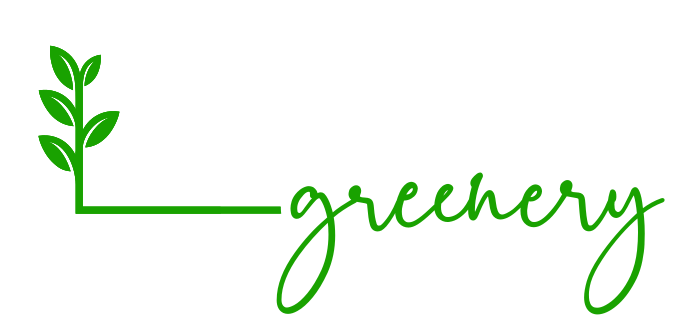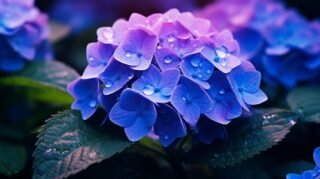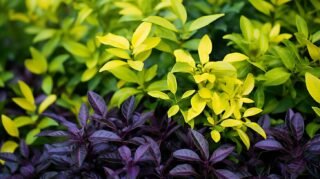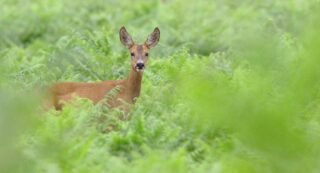Table of Contents
- Choosing the Right Container for Nandina in Pots
- Common Issues to Look out for
- FAQ
- Q: Can I grow Nandina in pots?
- Q: What kind of container should I use for Nandina in pots?
- Q: What kind of soil should I use for Nandina in pots?
- Q: How often should I repot my Nandina plants in pots?
- Q: How often should I water Nandina in pots?
- Q: Should I fertilize my Nandina plants in pots?
- Q: Where should I place my Nandina plants in pots?
- Q: When should I prune my Nandina in pots?
- Q: What pests and diseases should I watch out for when growing Nandina in pots?
- Q: Are Nandina plants toxic to pets?
Growing Nandina in pots is a fantastic way to add color and elegance to your garden, and with the right guidance, it’s a simple and rewarding endeavor. Whether you have limited space or want to create a stunning focal point, cultivating Nandina Domestica in containers offers a versatile solution for any container garden.
Key Takeaways:
- Growing Nandina in pots adds color and elegance to your garden.
- Choose a suitable container with proper drainage holes for optimal plant health.
- Use a free-draining and well-aerated growing medium.
- Water the plants daily during summer and reduce watering in winter.
- Feed Nandina with a balanced fertilizer during the growing season.
- Prune in late winter or early spring to maintain shape and encourage growth.
- Watch out for pests and diseases, such as spider mites and powdery mildew.
- Handle Nandina plants with caution as they can be toxic to pets.

Choosing the Right Container for Nandina in Pots
The first step to successfully growing Nandina in pots is choosing the right container to provide optimal conditions for the plant’s growth and development. A suitable container is essential for the health and vitality of your Nandina plants. Here are some key factors to consider when selecting a container:
- Pot size: Choose a container that is at least 12 to 16 inches deep and wide enough to accommodate the root system of the Nandina plant. This will give the roots enough space to grow and spread.
- Drainage holes: Ensure that the pot has adequate drainage holes at the bottom to prevent waterlogging. Excess water can lead to root rot and other diseases. Good drainage is crucial for the overall health of your Nandina plants.
- Materials: Consider using containers made of porous materials like terracotta or plastic. They allow better airflow to the roots and prevent water from becoming stagnant. Avoid metal containers as they can heat up quickly in direct sunlight.
- Suitable for growing: Nandina plants prefer a slightly acidic soil pH and require well-drained soil. Choose a container that can hold the appropriate potting mix and provide the right conditions for the plant’s growth.
By selecting a container that meets these criteria, you will create a favorable environment for your Nandina plants. The right container will promote healthy root development and ensure proper moisture levels for optimal growth. Remember to place your containers in an area that receives full sun or partial shade, depending on the specific needs of your Nandina variety.
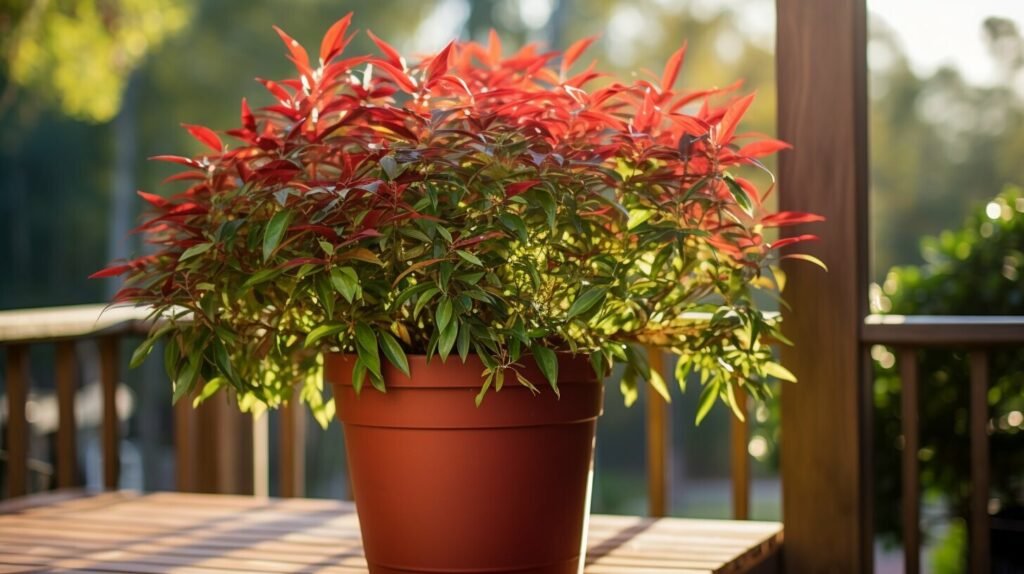
Proper care is crucial for the health and vitality of Nandina in pots, and this section will guide you on how to ensure your plant thrives with regular watering, appropriate fertilization, and timely pruning.
Water Your Nandina
Watering is essential for the success of your Nandina plants in pots. During the summer, when the weather is warmer, it’s important to water the plants daily to keep the soil consistently moist. However, in the winter, reduce watering to once every several days as the plant’s water needs decrease. Remember to always check the moisture level in the soil by inserting your finger about an inch deep. If it feels dry, it’s time to water your Nandina.
Feed the Plants
Just like any other plant, Nandina in pots requires proper nutrition to thrive. Feed your Nandina plants with a balanced fertilizer during the growing season, typically from spring to fall. Look for a slow-release fertilizer specifically formulated for container plants and follow the instructions on the package for application rates. This will provide your Nandina with the necessary nutrients for healthy growth and vibrant foliage.
Prune Nandina
Pruning is an important part of Nandina care, and the best time to prune your plants is in late winter or early spring before new growth begins. Start by removing any dead, damaged, or diseased branches. Then, thin out the plant by cutting back some of the older canes at ground level, which will encourage new growth. Be sure to use clean, sterilized pruners to prevent the spread of diseases.
By following these care practices, you can ensure that your Nandina in pots will remain healthy and vibrant, adding beauty to your garden or outdoor space. With regular watering, appropriate fertilization, and timely pruning, you can enjoy the elegance and charm of Nandina plants in containers.

Common Issues to Look out for
While Nandina in pots is generally a low-maintenance plant, it is not immune to pests and diseases. In this section, you’ll discover how to identify, manage, and protect your Nandina from common issues like spider mites and powdery mildew while also keeping in mind their toxicity to pets.
Spider Mites: These tiny pests can wreak havoc on your Nandina plants. Look out for small, reddish-brown mites on the undersides of leaves. Spider mites thrive in dry conditions, so regularly mist your plants to increase humidity. You can also introduce natural predators like ladybugs to control the infestation. In severe cases, use a gentle insecticidal soap or neem oil to eliminate the mites.
Powdery Mildew: Powdery mildew is a fungal disease that appears as a white, powdery coating on the leaves and stems. To prevent its spread, ensure good air circulation around your Nandina plants by spacing them properly. Avoid overhead watering, as this can promote moisture buildup. If powdery mildew is present, prune infected branches and treat the remaining foliage with a fungicidal spray according to the product instructions.
Toxicity to Pets: Nandina plants contain toxins that can be harmful to pets if ingested. The red berries, in particular, are toxic and can cause gastrointestinal upset or more serious symptoms. To protect your furry friends, consider planting Nandina in areas inaccessible to pets or opting for non-toxic plant alternatives. If you suspect your pet has consumed Nandina, seek immediate veterinary attention.
By being vigilant and proactive, you can effectively manage and protect your Nandina in pots from pests and diseases. Regularly inspect your plants for any signs of infestation or illness, and take appropriate measures to prevent and treat problems as they arise. With proper care, your Nandina will thrive and continue to add beauty to your container garden.
FAQ
Q: Can I grow Nandina in pots?
A: Yes, growing Nandina in pots is a great option for adding color and elegance to your garden.
Q: What kind of container should I use for Nandina in pots?
A: Choose a suitable container with drainage holes and that is tall enough for the plant to grow.
Q: What kind of soil should I use for Nandina in pots?
A: Use a free-draining and well-aerated growing medium, such as a commercial potting compost or a mixture of loam and organic compost.
Q: How often should I repot my Nandina plants in pots?
A: Pot up young Nandina plants every 2 years, and turn over and refresh the soil when necessary.
Q: How often should I water Nandina in pots?
A: Water the plants daily during summer, but reduce watering to once every several days in winter.
Q: Should I fertilize my Nandina plants in pots?
A: Yes, feed the plants with a balanced fertilizer during the growing season.
Q: Where should I place my Nandina plants in pots?
A: Ensure they receive full sun or partial shade.
Q: When should I prune my Nandina in pots?
A: Prune Nandina in late winter or early spring.
Q: What pests and diseases should I watch out for when growing Nandina in pots?
A: Watch out for pests such as spider mites and diseases like powdery mildew.
Q: Are Nandina plants toxic to pets?
A: Yes, Nandina plants can be toxic to pets, so be cautious when handling them.
